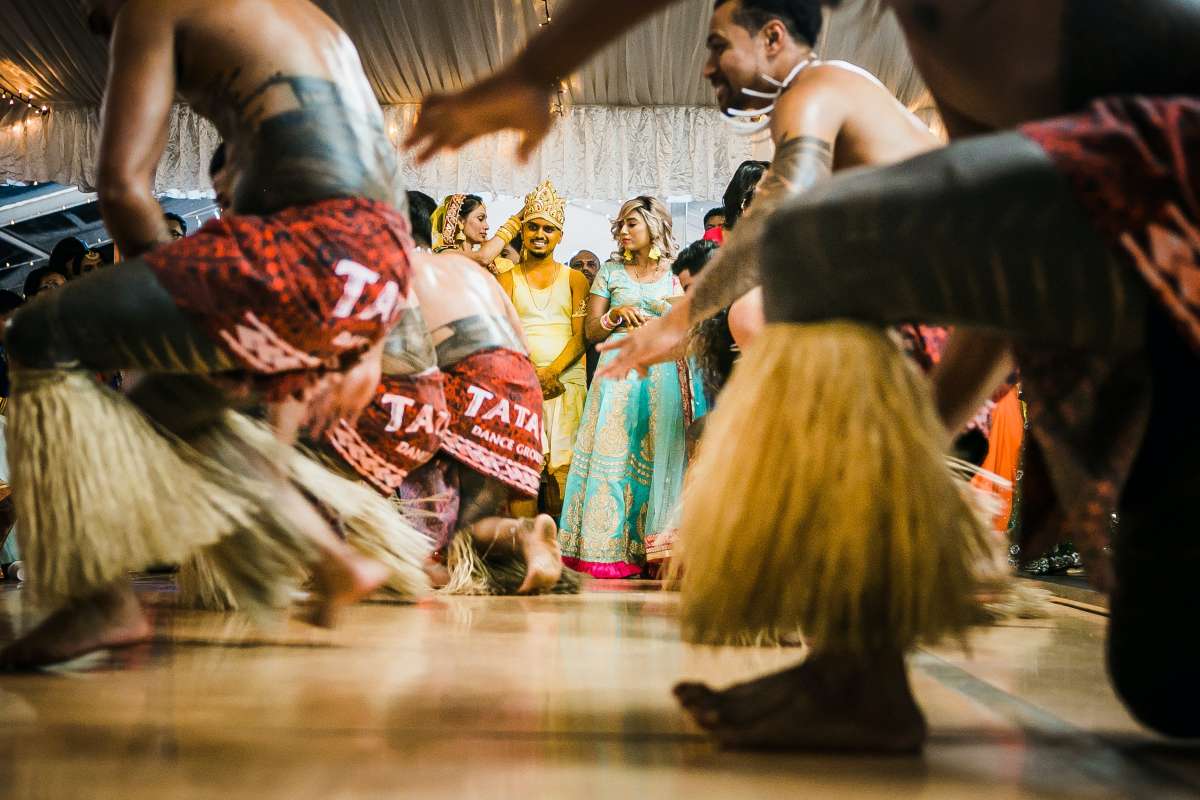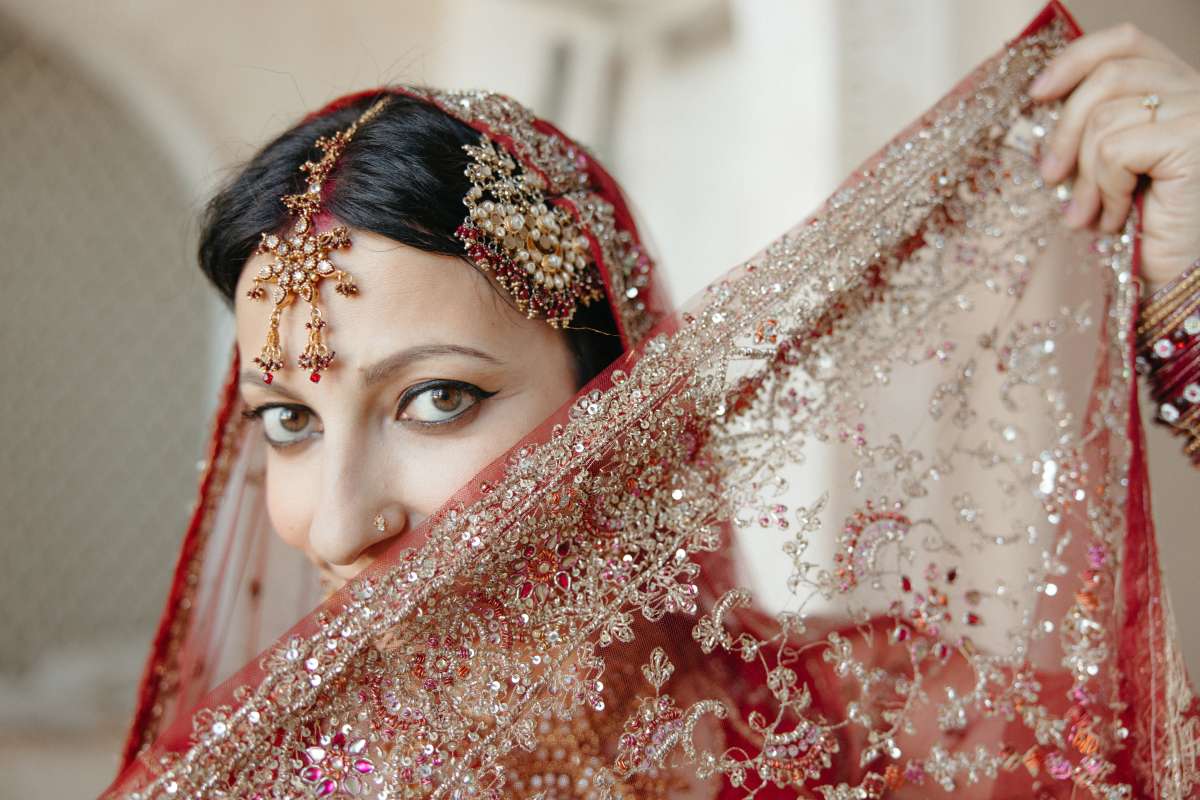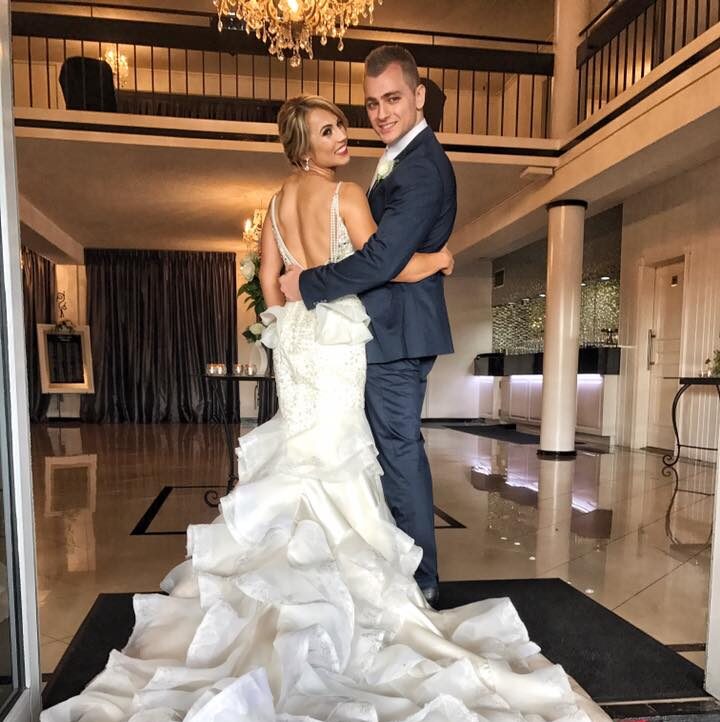Indian weddings are a spectacle like no other. From the intricate rituals to the vibrant celebrations, every moment is brimming with energy, tradition, and joy. But what truly sets these weddings apart is the traditional Indian wedding dance.
Whether it’s a choreographed performance at the Sangeet or spontaneous moves on the dance floor, dancing is at the heart of the celebration. As someone who’s been part of a grand Indian wedding, I can tell you that the dance floor is where the magic happens.
There’s something incredibly special about seeing families and friends—often from different parts of the world—come together through dance, connecting over shared joy and music. If you’re wondering how to navigate the dance-filled whirlwind of an Indian wedding, you’re in the right place.
From choosing the right dance style to preparing for your performance, this will help you step onto the dance floor with confidence and flair.
Why Dance is at the Heart of Every Indian Wedding Celebration
When I helped plan a wedding for a client at Vogue Ballroom, one of the most vivid aspects of the celebration was the energy on the dance floor. It wasn’t just the music or choreography; it was the joy of families coming together, dancing freely, and celebrating the couple’s love.
In Indian weddings, dance is much more than an activity—it’s an essential cultural expression, a ritual, and a form of celebration all rolled into one.
The Role of Dance in Bringing People Together
For many couples, the wedding wouldn’t be complete without an evening filled with music, dance, and good company. One of the things I love about Indian weddings is how the dance floor becomes a place for everyone to connect.
I’ve seen it time and time again—guests of all ages, from children to grandparents, come together through dance. It’s a special way for everyone to bond and celebrate the union, no matter their background or dancing experience.
The Sangeet: A Night of Dance, Song, and Celebration
The Sangeet is a key part of any Indian wedding, and it’s often the event where the dance floor truly comes alive. I remember one client’s Sangeet, where the entire family participated in a choreographed Bollywood group dance.
The rehearsal process had started months before, but when the night arrived, the energy was infectious. Guests who hadn’t danced in years were on the floor, smiling and dancing with abandon. The Sangeet is about fun, connection, and celebrating the joy of the couple, and it’s hard not to get swept up in the excitement.
Dance Beyond the Sangeet: A Celebration in Every Ritual
Dance doesn’t stop at the Sangeet. From the groom’s grand arrival during the Baraat to the couple’s first dance, every moment in an Indian wedding is infused with rhythm and movement.
At one wedding I worked on, the groom’s family performed a lively Bhangra routine as they arrived at the venue. The excitement was palpable, and the bride’s family joined in soon after, creating a fantastic fusion of energy and fun.
The Different Dance Styles You’ll Experience at an Indian Wedding
Indian weddings are full of music and dance, each style offering something unique to the celebration. Whether it’s classical, Bollywood, or folk, there’s a place for everyone to get involved.
Traditional Indian Dance Styles
At many Indian weddings, classical dance forms are featured as part of the celebration. These dances—like Kathak, Bharatanatyam, and Odissi—are elegant and deeply rooted in culture. I recall one wedding where a close relative performed a Kathak dance during the reception.
The precision of the movements and the grace with which the dancer moved across the floor left everyone in awe. Classical dance is perfect for couples or families who want to bring a touch of tradition to the celebration.
Bollywood Dance: The Life of the Party
Bollywood music and dance styles are undeniably the highlight of Indian wedding celebrations. With their upbeat rhythms and catchy lyrics, these dances get everyone involved, no matter their experience level. I’ve seen it happen at multiple weddings—guests who have never danced before jump in and quickly learn the moves to a popular Bollywood track.
One memorable performance was when a couple danced to a popular romantic Bollywood song during their first dance, with the entire crowd joining in. It was the perfect mix of tradition and modern fun.
Folk Dance: Garba and Bhangra
Folk dances like Garba and Bhangra are fantastic ways to bring everyone together. I helped organize a wedding where Garba was performed at the Sangeet, and I can tell you the energy in the room was unmatched. Everyone, from young kids to elders, got involved in the circle dance. Bhangra, too, is a popular choice, especially during the Baraat. The beats of the dhol get everyone moving and create a festive atmosphere that is contagious. I’ve seen entire families, some who had never seen these dances before, fully embracing the experience.
How to Prepare for Indian Wedding Dance Performances
When it comes to Indian wedding dance performances, preparation is key. Whether it’s a solo routine or a family performance, rehearsing in advance will make the performance smoother and more enjoyable.
Organising a Dance Performance: Key Steps to Follow
Planning a dance performance involves selecting the right group, choosing a song, and choreographing the routine. I always advise clients to keep the choreography simple, especially when it involves large groups with varying levels of experience.
For a recent wedding I worked on, the family performed a Bollywood-style group dance, and we kept the steps easy and fun, ensuring that everyone could join in, even if they weren’t dancers.
Hiring a Choreographer: Why It’s Worth the Investment
Hiring a choreographer can take the stress out of the process and help ensure the performance goes smoothly. A choreographer doesn’t just teach the steps—they’ll help bring your vision to life, ensuring the routine flows well and matches the energy of the event.
I’ve worked with clients who were hesitant at first, but after seeing how much easier the process became with professional help, they were glad they made the investment.
Popular Indian Wedding Dance Performances and Routines
Indian weddings feature some of the most dynamic and energetic dance performances. From the couple’s first dance to surprise flash mobs, every moment can become a dance celebration.
The Bride’s and Groom’s First Dance: A Special Moment
The first dance is one of the most cherished moments of an Indian wedding. One client’s first dance perfectly blended a romantic Bollywood number and a bit of classical movement. It was simple, meaningful, and a great way to showcase the couple’s personalities. The couple’s first dance doesn’t have to be complicated—what matters most is the emotion behind it.
Group Dance: Getting the Entire Family Involved
One of the highlights of Indian wedding celebrations is the group dance, where families come together for a fun, energetic routine. At a recent wedding, the bride’s family and the groom’s family performed a coordinated Bhangra routine, and the energy in the room was unmatched.
No one sat down; everyone was on their feet, cheering and dancing. Group dances are an excellent way to create a lasting memory and bond families through shared celebration.
Flash Mob and Surprise Performances: Adding the Element of Surprise
Flash mobs are a fantastic way to surprise the guests and energize the entire venue. I helped organise a flash mob at a recent wedding, where a small group of dancers began performing, and by the second verse, the entire wedding party joined in. The look of surprise on the guests’ faces was priceless, and the dance floor instantly filled with excitement.
Wedding Songs That Will Get Everyone Dancing
The right music can set the entire tone for the wedding celebration, and choosing the best songs for each dance performance is crucial.
Top Bollywood Songs for Indian Wedding Dance Routines
Bollywood songs are a staple at Indian weddings, and they can get anyone on their feet. From energetic tracks to romantic ballads, the right songs can elevate the wedding atmosphere. Some of my go-to wedding songs are:
- “Gallan Goodiyan” – Perfect for a fun family group dance.
- “Tum Hi Ho” – Ideal for a romantic first dance.
- “London Thumakda” – Great for high-energy group performances.
- “Banno” – A lively song for the Sangeet.
Mixing Traditional and Modern Tunes: Dance Fusion Ideas
I’ve also seen some beautiful dance fusions at weddings, where traditional and modern music meet. Blending a traditional Garba tune with a Bollywood remix can make the dance even more exciting and relatable for all guests, no matter their age.
The Dance Rehearsal: Tips for Success
Dance rehearsals are an essential part of preparing for wedding performances, ensuring everything goes smoothly on the big day. Whether it’s a group performance, a first dance, or a surprise routine, rehearsals are key to success. Here are some tips based on my experience working with clients to make rehearsals both fun and productive.
How to Make Dance Rehearsals Fun and Effective
Rehearsing for a wedding dance performance doesn’t have to be stressful—it should be enjoyable and something you look forward to. One of the best pieces of advice I give to clients is to break down the choreography into small sections. This makes it easier to learn and helps build confidence.
For one wedding, we created a fun, upbeat Bollywood routine that was easy to follow, which made the process smoother for everyone involved. It wasn’t about perfection; it was about having fun and enjoying the process.
I also recommend scheduling rehearsals well in advance—this way, everyone has enough time to learn their steps without feeling rushed. At one wedding, the bride’s family had never danced before, so we kept the moves simple and fun, and the entire rehearsal became a bonding experience.
Why Dress Rehearsals Are Crucial for Wedding Day Success
A dress rehearsal is one of the most important steps in preparing for a wedding dance. Practising in your wedding attire, especially if it’s heavy or has intricate details, is crucial. I worked with one bride who had a stunning lehenga for her first dance, but she didn’t realise how cumbersome it was until we did a dress rehearsal.
She was able to adjust her movements and choreograph accordingly to make sure everything went smoothly.
The same applies to shoes. It’s important to practice in the shoes you’ll wear on the day. This will help you get used to the feel and avoid any potential mishaps. I always encourage my clients to rehearse with their full wedding attire to ensure they’re comfortable and confident when the big moment arrives.
Dance Etiquette and Tips for Wedding Guests
Attending an Indian wedding is a joyful experience, and being part of the dance celebration is one of the best ways to join in the fun. However, there are a few etiquette tips to keep in mind so that you can enjoy the dance floor while respecting the cultural aspects of the wedding.
How Guests Can Get Involved in the Dance Celebration
Indian weddings are all about inclusion and joy, and guests are encouraged to join in the dance celebrations. I’ve worked with clients where the family and friends performed a large group dance for the Sangeet, and it’s always heartwarming to see everyone get involved—whether they’re seasoned dancers or not. At one wedding, a guest who had never danced before was encouraged to join in the Garba circle, and by the end, they were one of the most enthusiastic participants.
If you’re a guest, don’t hesitate to join the fun! Your participation, regardless of your dancing experience, shows your respect for the couple and the celebration. Plus, it’s an incredible way to bond with other guests.
Dance Floor Do’s and Don’ts: Respecting Tradition and Fun
While dancing at an Indian wedding is encouraged, it’s important to respect the traditions and overall atmosphere. Modesty is key, especially during religious ceremonies. I always remind guests to dress conservatively—avoiding overly revealing clothes—and be mindful of the customs, like removing your shoes during certain rituals.
On the dance floor, respect others’ space. Indian wedding dances often take place in large, crowded spaces, so it’s important to keep your movements controlled to avoid bumping into other guests. If you’re unfamiliar with a specific dance, follow the lead of others and enjoy the process of learning. Everyone is there to have a good time, and your positive energy will only add to the celebration.
Dance as a Celebration of Love, Life, and Culture
At every Indian wedding I’ve worked on, dance has been one of the most vibrant and memorable aspects of the celebration. It brings families and friends together, celebrates the joy of the couple, and honours the deep cultural traditions that make Indian weddings so unique. Whether you’re performing or simply enjoying the festivities, the dance floor is where everyone can unite in celebration, and the energy is unmatched.
If you’re planning an Indian wedding, embrace the dance celebration—it’s more than just a party, it’s an experience that will stay with everyone long after the last song is played. And if you’re a guest, don’t hesitate to get involved—your participation makes the celebration even more special!




